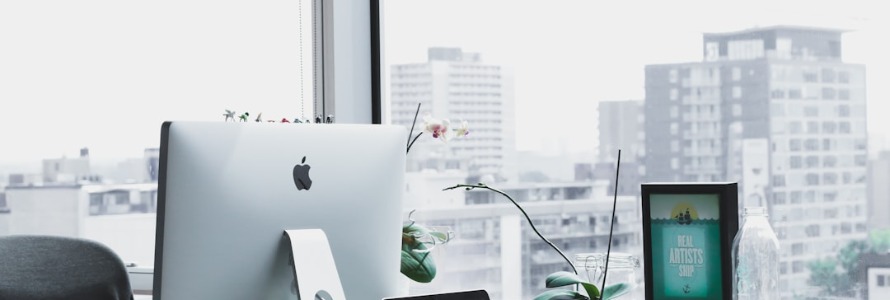
Ah, sleep. That sweet, sweet escape from reality where I can finally stop thinking about my embarrassing middle school moments at 2 AM. But apparently, I’ve been doing it all wrong. Welcome to sleepmaxxing—the art of optimizing your slumber to near-professional levels. Think of it like hacking your own bedtime, but instead of jailbreaking an iPhone, you’re breaking free from dark circles and groggy mornings.
What Is Sleepmaxxing and Why Am I Suddenly Interested?
Sleepmaxxing is the latest trend among those of us who realize that being tired all the time isn’t actually a personality trait. It’s about taking sleep seriously—optimizing every factor that goes into a good night’s rest, from blue light exposure to your white noise volume. And since I like to go all-in on things, I’ve thrown myself into this quest for peak snoozing efficiency like a hyper-caffeinated scientist on a mission.
Step 1: Mastering the Pineal Gland Meditation
Let’s talk about the mystical little nugget in your brain known as the pineal gland. Apparently, this bad boy is responsible for melatonin production, which regulates your sleep-wake cycle. Pineal gland meditation is all about activating it, which sounds like some ancient monk-level wizardry, but hey, I’m desperate for better sleep, so I gave it a try.
My Experience:
I sat in a dimly lit room, closed my eyes, and focused all my energy on the space between my eyebrows, like a third eye situation. Ten minutes in, I started questioning my life choices. But over time, I actually did feel more relaxed, and my sleep seemed deeper. Was my pineal gland awakened, or was I just placebo-ing myself into oblivion? Unclear. But hey, anything that helps me not wake up feeling like I got hit by a truck is a win.
To take it to the next level, I tried the Somnee Sleep Headband, which uses EEG sensors to help regulate my brain activity and promote relaxation. Surprisingly, it worked better than my usual bedtime overthinking sessions!
Step 2: The Blue Light Battle
You know what’s not helping your sleep? That little glowing rectangle you’re reading this on. Blue light exposure before bed is basically the sleep equivalent of chugging an espresso shot. Your body thinks it’s still daytime, so melatonin production gets delayed, and next thing you know, you’re doomscrolling until 3 AM.
My Game Plan:
- Switched my phone to Night Mode (aka placebo mode but still better than nothing)
- Bought some weirdly orange blue-light-blocking glasses that make me look like a budget Tony Stark
- Attempted to stop looking at screens an hour before bed (failed immediately)
- Invested in the Eight Sleep Pod Pro Cover, which regulates my bed’s temperature to optimize my sleep cycles
Did it help? Actually, yes. Cutting back on blue light before bed made me fall asleep faster. Who knew science was onto something?
Step 3: Finding the Perfect White Noise Volume
Apparently, playing white noise at the right volume can drown out disruptive sounds and lull you into dreamland faster. But what’s the right volume? Too low, and it’s useless; too high, and you might as well be sleeping next to a vacuum cleaner.
The Sweet Spot:
After extensive experimentation (read: annoying my neighbors), I found that 50-60 decibels is the golden range. Think of it like the volume of a shower running in the background—soothing, but not deafening.
Pro tip: If you’re a fancy sleeper, there are even white noise settings specifically designed for different age groups, like volume for babies (quieter, more womb-like) versus adult settings (stronger, to block out existential dread and snoring partners). To make things even better, I grabbed the Kokoon Headphones, which fade audio and introduce white noise to help with deeper sleep.
Step 4: The Sleep Apnea Month Guard Experiment
If you’ve ever woken up gasping for air or been told you snore like a chainsaw, congratulations—you might have sleep apnea! (How is sleep apnea diagnosed? Glad you asked. It usually involves a sleep study, where professionals monitor you as you sleep, counting how many times you stop breathing. Casual.)
Since February is Sleep Apnea Awareness Month, I decided to try a mouth guard designed to help with mild apnea. The idea is to keep your airway open by preventing your tongue and lower jaw from doing that thing where they collapse like a bad Jenga tower.
Verdict:
Wearing a mouth guard to bed is… an experience. It took me a few nights to adjust, but once I did, I noticed I wasn’t waking up as much in the middle of the night. Also, my partner said I sounded less like a malfunctioning leaf blower, which I’ll take as progress. To further optimize my breathing, I started using the Dyson Cooling Purifier, which filters out allergens and improves my sleep environment.
The Final Sleepmaxxing Scorecard
After testing out all these sleepmaxxing techniques, did I achieve peak sleep perfection? Almost. Here’s my totally scientific rating system:
- Pineal Gland Meditation + Somnee Headband: 8/10 (relaxing and surprisingly effective)
- Blue Light Reduction + Eight Sleep Pod Pro Cover: 9/10 (definitely helped, but giving up late-night scrolling is hard)
- White Noise Volume Tweaks + Kokoon Headphones: 8.5/10 (big improvement, especially for drowning out city noise)
- Sleep Apnea Mouth Guard + Dyson Cooling Purifier: 9/10 (significantly better sleep quality and air)
Final Thoughts:
Sleepmaxxing is real, and it works—if you actually commit. It turns out, optimizing your sleep isn’t just about buying fancy pillows (though I did that too). It’s about hacking your habits, understanding your body, and accepting that maybe, just maybe, you shouldn’t binge-watch an entire Netflix series in one night.
Now, if you’ll excuse me, I have some professional sleeping to do.
Sweet dreams, fellow sleepmaxxers!

